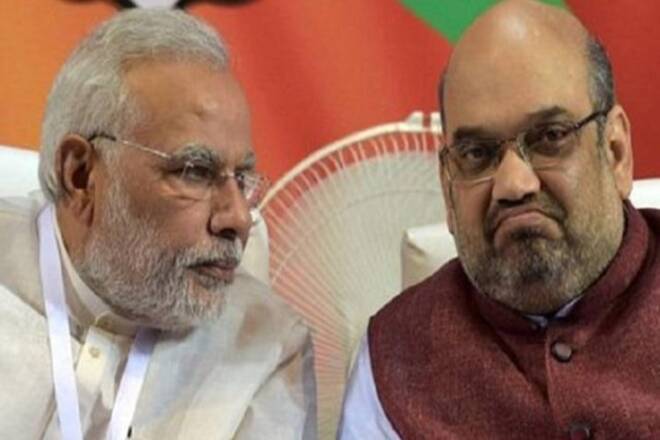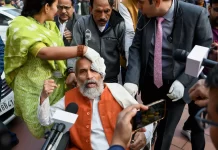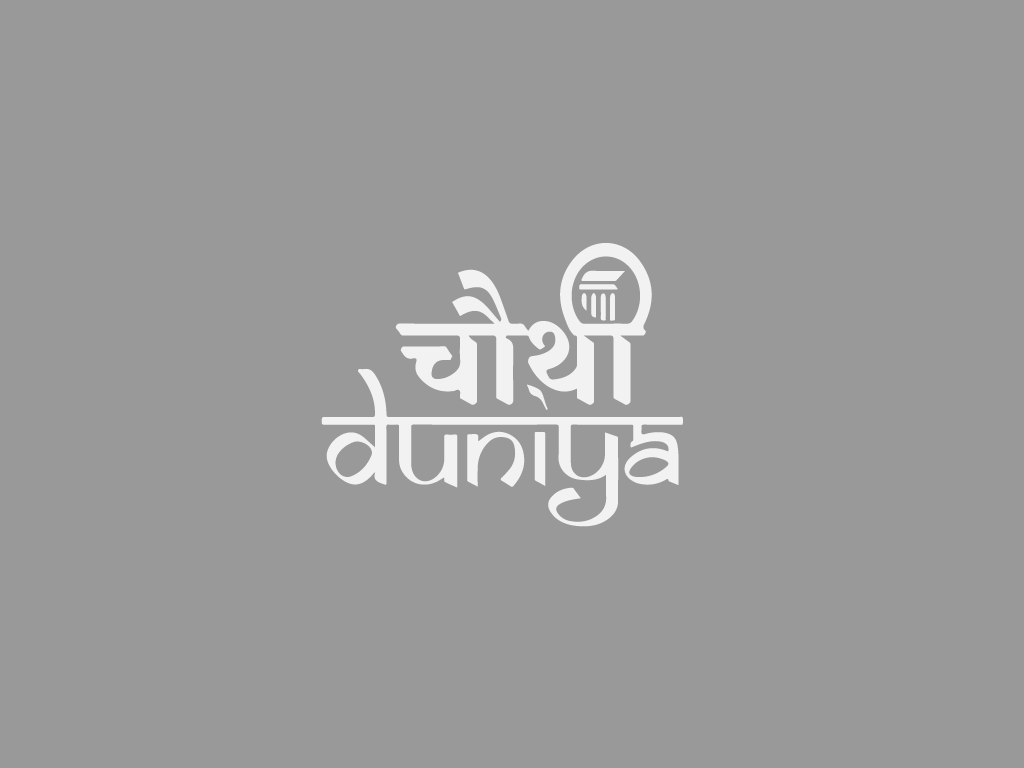“Not only from the opposition camps, but within the BJP too, the ups and downs intensified in the party”
It was not sudden. But the refutation of a meeting of some leaders of opposition parties and some well-known personalities at the Delhi residence of Nationalist Congress Party (NCP) supremo Sharad Pawar on June 22 was something surprising. This meeting of the Rashtra Manch, formed in 2018 by Yashwant Sinha, who was the Finance and External Affairs Minister in the NDA’s first Atal Bihari Vajpayee government and now Trinamool Congress, and some other eminent personalities, was reportedly to prepare an alternative policy document for which A committee has been formed.
It is worth mentioning that in this meeting, representatives of opposition parties NCP, SP, Aam Aadmi Party, CPI, CPI(M), Trinamool Congress, RLD, RJD, National Conference attended, there were only a few leaders from the first row. Still, there were reports about which parties including the Congress did not participate and NCP leader Nawab Ali also clarified that there was no question of distance from anyone, including the Congress.
Earlier, election strategist Prashant Kishor, who came into the limelight after the West Bengal elections, also said, “There is doubt that any Third-Fourth Front will be able to take on the ruling BJP.” Before this meeting, Prashant’s NCP chief Sharad. There were also reports of meeting Pawar and other leaders. Yet, from the flurry of opposition unity and reports of some kind of lack thereof, it is clear that the mood has turned and weapons are being beefed up for the contest.
Obviously, this fiasco has been created due to the election results of four states of Tamil Nadu, Kerala, Assam, West Bengal and one Union Territory of Puducherry on May 2 and the outcry across the country due to the second wave of covid. In the peak of the second wave, shortages of oxygen, hospitals, medicine and vaccines, and rising unemployment and poverty are also creating an angry atmosphere. Then, the apprehensions of the third wave rising to the head are also turning a different color.
All these incidents have dealt a blow to the popularity of Prime Minister Narendra Modi at the Center and the supposedly invincible image of the ruling BJP. The election results, especially in West Bengal, have stunned the opposition and have warned that only unilateral solidarity can clash with the power of the Center and the BJP. Perhaps these are the circumstances that are creating a new challenge for the BJP and its central figures Prime Minister Modi and Union Home Minister Amit Shah.
The special thing is that this challenge is not only coming from the opposition, but the satraps in the BJP seem to be gathering their strength. This has also put into question the strategy to prove the central authority invincible largely on the back of weak leadership in party ruled states. Not only this, the sleeves of the leaders who came to the BJP from other parties and the remaining allies in the NDA are also seen rolling up.Perhaps the best example of this is that of recent Bihar, where the strategy of making JD(U) a younger brother seems to have faded after the split in the LJP.
The recent developments have been witness to the turmoil within the BJP as well, largely for the first time since 2014, especially in a long time. Last fortnight, BJP’s important organization general secretary B.L. Santosh had to tour many states like Uttar Pradesh, Tripura. Not only this, Dattatreya Hosabale, the new Sahasarkaryavah of the Rashtriya Swayamsevak Sangh, has also been seen continuously holding meetings in different states, who are considered to be supporters of Narendra Modi.In the case of Uttar Pradesh, meetings were held not only in Lucknow, but also in Delhi with Chief Minister Yogi Adityanath, Prime Minister Narendra Modi and Amit Shah. After all, Arvind Kumar Sharma was made the party vice-president in the state, who had gone to work for the BJP in Uttar Pradesh a few months ago after posting in the Prime Minister’s Office and retirement from the IAS.
The reason for this uproar was the party’s poor performance in the panchayat elections in the state, apart from the dreaded second wave of Covid, which was not considered appropriate for the assembly elections to be held in early 2022. This also showed that there is growing resentment among many sections especially Brahmins and backward and Dalit castes in the state.
In fact, Uttar Pradesh holds special importance even for central politics, so the risk of a weak performance in the assembly elections cannot be taken. The reason for the unrest in the state is the increase in the prospects of the SP and especially the farmers’ movement, whose echo is being heard more in western Uttar Pradesh.
In fact, the developments in Bengal seem to have played a significant role in these new circumstances, where the Trinamool Congress’s nearly three-fourth majority, with 213 seats, overshadowed the BJP’s first-time win of 77 seats to such an extent that reverse defections began. The BJP, which won just three seats in the 2016 assembly elections, got such a boost from the Trinamool’s Mukul Roy in 2017 that it managed to win 18 seats in the 2019 Lok Sabha elections.
Its immediate effect was visible in Tripura, where leaders from the Congress and Trinamool to the BJP began to openly express their displeasure with Chief Minister Biplab Kumar Deb. There, under the leadership of Sudip Dev Burman, discontent opened up to such an extent that B.L. Santosh had to reach the capital Agartala. It is said that this discontent of Dev Burman is the effect of Mukul Roy Finamina, which can be seen in many northeastern states of Manipur, Arunachal Pradesh. There, even in Assam, everything is not showing signs of being smooth.
It has recently started appearing in other states as well. Karnataka Chief Minister B.S. The wind against Yeddyurappa, of course, came from the old RSS leaders (Santosh and Hosabale are also from there and they are said to be opponents of Yeddyurappa) but some leaders from the Congress in the last elections have also started feeling uncomfortable and openly expressing their views. The voices have begun to rise.
These ambitions have now started rising from the old strong leaders of BJP. A good example of this is Madhya Pradesh where efforts to replace Chief Minister Shivraj Singh Chouhan are not working (see box Sab Par Bhari Shiv). Although there are uncomfortable signs from Jyotiraditya Scindia’s camp in the state, but there does not appear to be the same headache for the central leadership as it is in Rajasthan. There is an open challenge from the camp of former Chief Minister Vasundhara Raje Scindia.
Similar discord is more or less in Jharkhand also. Former Chief Minister Raghuvar Das, Godda MP Nishikant Dubey, and Union Minister Arjun Munda are so tense that the party office remains almost deserted and the workers are beginning to show disillusionment. There, the movements of tribal versus non-tribal are also intensifying in the party.
This means that the wave seems to have changed. It is possible that before the 2024 Lok Sabha elections, the situation may come under control, but at present, the challenge is not only from the opposition but also from within.












